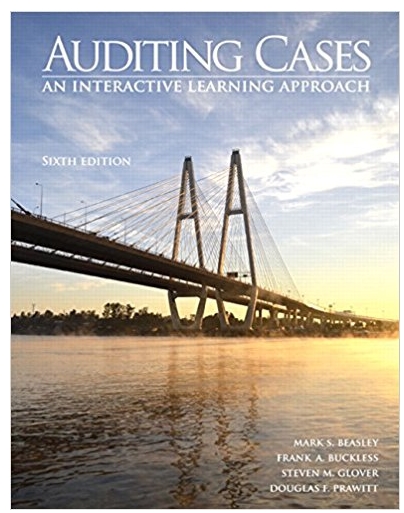Review Exhibits 1 and 2; audit memos G-3 and G-4; and audit schedules G-5, G-6 and G-7.
Question:
(a) Why are different materiality bases considered when determining planning materiality?
(b) Why are different materiality thresholds relevant for different audit engagements?
(c) Why is the materiality base that results in the smallest threshold generally used for planning purposes?
(d) Why is the risk of management fraud considered when determining performance materiality?
(e) Why may the auditor use a different performance materiality amount or percentage of account balance for some financial statement accounts?
(f) Why does the combined total of individual account performance materialities exceed the estimate of planning materiality?
(g) Why might certain trial balance amounts be projected when considering planning materiality?
Fantastic news! We've Found the answer you've been seeking!
Step by Step Answer:
Related Book For 

Auditing Cases An Interactive Learning Approach
ISBN: 978-0133852103
6th edition
Authors: Mark S. Beasley, Frank A. Buckless, Steven M. Glover, Douglas F. Prawitt
Question Posted:





